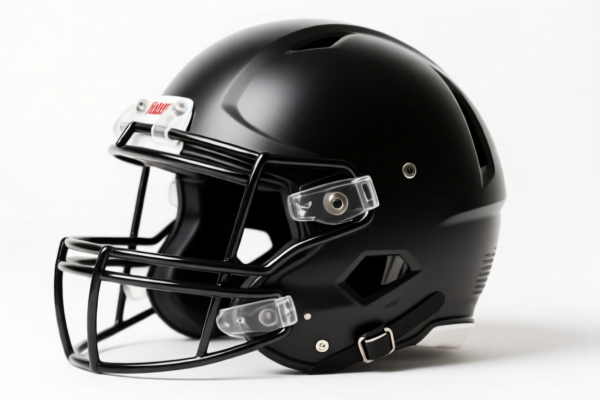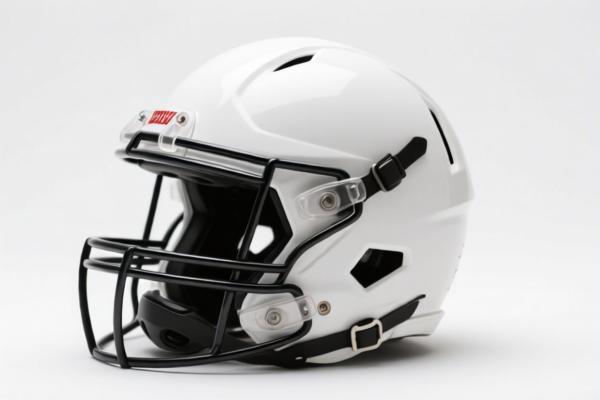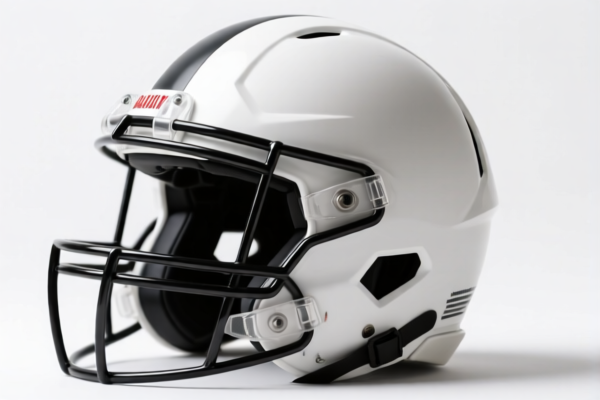| HS Code | Official Doc | Tariff Rate | Origin | Destination | Effective Date |
|---|---|---|---|---|---|
| 6506103030 | Doc | 37.5% | CN | US | 2025-05-12 |
| 6506103045 | Doc | 37.5% | CN | US | 2025-05-12 |
| 9506910030 | Doc | 42.1% | CN | US | 2025-05-12 |
| 3926903000 | Doc | 59.2% | CN | US | 2025-05-12 |
| 3926909989 | Doc | 42.8% | CN | US | 2025-05-12 |




Cycling Helmet
A cycling helmet is a protective headgear used by cyclists to reduce the risk and severity of head injuries in the event of a crash or impact.
Material
Modern cycling helmets are constructed from a thin, hard outer shell typically made of polycarbonate (PC). This shell distributes impact forces. Beneath the shell is a Expanded Polystyrene (EPS) foam liner which absorbs the energy of an impact through compression. Some higher-end helmets incorporate Multi-density EPS foam for improved impact absorption and MIPS (Multi-directional Impact Protection System), a low-friction layer designed to reduce rotational forces transferred to the brain. Additional materials include straps (nylon or similar) and padding (foam or gel) for comfort and fit.
Purpose
The primary purpose of a cycling helmet is to protect the head and brain during a fall or collision. Helmets significantly reduce the risk of serious head injury, including skull fractures, concussions, and traumatic brain injury.
Function
Helmets function by:
- Distributing Impact Force: The hard outer shell spreads the force of an impact over a wider area.
- Absorbing Impact Energy: The EPS foam liner crushes upon impact, absorbing a significant portion of the energy and reducing the force transmitted to the head.
- Reducing Rotational Forces: MIPS technology allows the helmet shell to rotate independently of the head during certain impacts, minimizing rotational forces that can cause more severe brain injury.
Usage Scenarios
Cycling helmets are recommended for all types of cycling, including:
- Road Cycling: Aerodynamic designs are common.
- Mountain Biking: Feature extended coverage, visors, and more robust construction.
- Commuting: Often include features for visibility (lights, reflective elements) and comfort.
- Urban Cycling: Focus on style and visibility.
- BMX/Freestyle: Full-face helmets are typically used.
- Gravel Cycling: Blend features from road and mountain biking helmets.
Common Types
- Road Helmets: Lightweight, aerodynamic, with good ventilation.
- Mountain Bike Helmets: More coverage, visor for sun and branch protection, often with features for goggle compatibility.
- Urban Helmets: Style-focused, often with integrated lights and reflective elements.
- Full-Face Helmets: Offer the most comprehensive protection, covering the entire head and face; common in downhill mountain biking and BMX.
- Time Trial/Aerodynamic Helmets: Designed for minimal air resistance.
- Commuter Helmets: Focus on visibility and comfort, often with integrated lights and reflective elements.
Cycling helmets fall under headgear designed for safety and recreational sports. Based on the provided information, the following HS codes are relevant:
- 6506103030: This HS code covers “Other headgear, whether or not lined or trimmed: Safety headgear: Of reinforced or laminated plastics Motorcycle helmets”. While specifically mentioning motorcycle helmets, this code broadly includes safety headgear made of reinforced or laminated plastics, which would encompass many cycling helmets. The tax rate is a base tariff of 0.0%, a surcharge of 7.5%, and a surcharge of 30.0% after April 2, 2025, resulting in a total tariff of 37.5%.
- 6506103045: This HS code covers “Other headgear, whether or not lined or trimmed: Safety headgear: Of reinforced or laminated plastics Other: Athletic, recreational and sporting headgear”. This is a more direct match for cycling helmets as it specifically includes athletic and sporting headgear. The tax rate structure is identical to HS code 6506103030: a base tariff of 0.0%, a surcharge of 7.5%, and a surcharge of 30.0% after April 2, 2025, for a total tariff of 37.5%.
It is important to note that both HS codes have a surcharge increase to 30.0% after April 2, 2025. When declaring, it is advisable to confirm the material composition of the helmet (reinforced or laminated plastics) to ensure accurate classification.
Customer Reviews
I found this page while researching plastic doors for export. The HS Code and tariff info was spot on. Highly recommend it to anyone in the industry.
The explanation of the 5% tariff was straightforward. It’s rare to find such clear trade details online. Good job!
I was looking for HS Code info for exporting to the US and this page had exactly what I needed. Saved me from a lot of confusion.
The page had all the details I needed about duty rates and HS codes. Just wish there was a comparison table for different countries.
Great info on plastic builder’s doors. I didn’t know they fell under HS Code 3925. Super helpful for my import business.